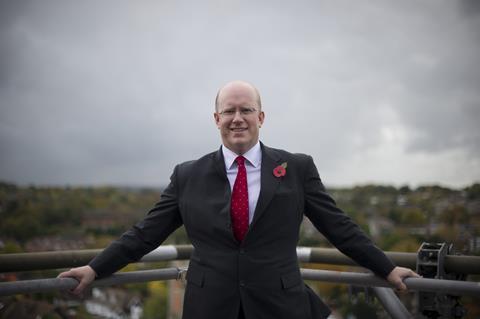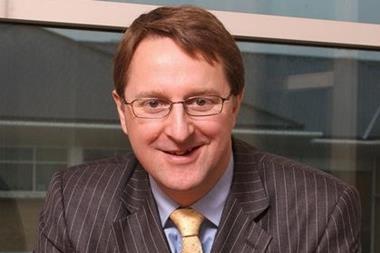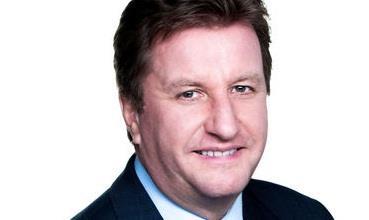RBSI, RSE, LV= and Allianz join AXA and Zurich in posting improved 2011 results, but the boost was partly caused by external factors, and commercial lines look grim

Full-year results from the UK’s most prominent general insurers indicate that the industry is turning a corner.
But the improvements were largely driven by rate rises, re-underwriting and better claims experience in personal lines. Meanwhile, competition in commercial lines is taking a toll. “It’s not possible to make money in commercial lines at the moment,” LV= general insurance managing director John O’Roarke said.
RBS Insurance, RSA, LV= and Allianz UK added to the good results reported by AXA and Zurich’s UK general insurance arm last week. RBS Insurance improved the most, transforming 2010’s operating loss of £295m into a profit of £454m. The 2011 combined ratio broke even, at 100%, but this was a big improvement on 2010’s 121%.
The lack of 2010’s £529m reserve strengthening for motor bodily injury claims gave the insurer a boost – its reserves were £359m lower at the end of 2011 than the previous year – as did the lack of severe winter weather. RBSI’s work on pricing, underwriting and claims also helped. More selective underwriting is evident in the 5% reduction in gross written premium to £4.1bn.
RSA’s operating profit doubled to £310m in 2011. This was also driven by a turnaround in underwriting performance: the combined ratio improved to a profitable 98.2% in 2011 from a loss-making 102.2%.
At LV=’s general insurance business profit before tax doubled to £70m, while the combined ratio fell from 104.2% to 97.7%.
But, while RBSI’s broker-only commercial lines business NIG returned to profit, both RSA and LV= experienced difficulties in commercial lines. RSA’s combined ratio in this area was 100%, compared with the 95.7% ratio in personal lines. Within commercial lines, the property and motor books made a loss, with combined ratios of 105% and 104.8%, respectively.
LV=’s O’Roarke said the combined ratio for his company’s brokered commercial business was about 110%. Still, LV= grew its SME premium income by 27% and commercial motor by 30%.
O’Roarke believes the line will be profitable in the long term and is expecting some short-term improvements. He said: “In 2012, we ought to see SME rates going up 8%-10%.” But AXA UK and Ireland chief executive Paul Evans said: “Our plans don’t rely on rate increases.”
Pass notes: SME rates
How easy will it be to raise SME rates?
Not easy at all. Despite the pressure that the business’s unprofitability is placing on insurers, there are powerful forces pushing in the opposite direction – not least the fact that smaller businesses can ill afford higher rates. In addition, it seems everyone wants to be in SME, so competition is particularly bad here. If an insurer raises rates, a competitor willing to write for less is never far away.
Why not just exit the business?
Commercial lines prove a useful diversification away from personal lines. The two areas are not subject to the same pressures and trends. Also, turning your back on such a key area could cause brokers and clients to question your commitment to the market.
How long have commercial rates been soft?
LV=’s general insurance managing director John O’Roarke says rates haven’t hardened in the past three to four years.
Personal lines are making up for the shortfall. Why should insurers worry?
Continuing good performance in personal lines is by no means assured. After the difficulties in 2009 and 2010, insurers have raised motor rates above claims inflation, only to face heavy political pressure to lower them again. A big commercial loss or a series of smaller ones where rates are inadequate could also make results look very ugly very quickly.






































No comments yet